A Royal City
Located some 21 kilometres northeast of the capital, the World Heritage spot of Ambohimanga consists of a royal city, a burial site and an ensemble of sacred places. The city remained forbidden to foreigners up until 1895, a date which corresponds to the beginning of the French Governorship over Madagascar. To enter the village, you have to come through a very ancient gate, which, once upon a time, used to be blocked by a gigantic round stone. This stone rolled in a furrow dug in the ground until the entrance was totally blocked. This gate is called Ambavahaditsiomby which in Malagasy translates to “where even a zebu can’t come through”.
Ambohimanga: The Royal Hill of Sacred Kings
Step into the spiritual heart of Madagascar. Ambohimanga, the “Blue Hill,” is more than a historical landmark; it is the single most sacred site for the Malagasy people, a living monument to national identity, kingship, and ancestor worship that has endured for over 500 years.
As a UNESCO World Heritage Site, Ambohimanga offers a profound and essential look at the pre-colonial Merina Kingdom, making it an unmissable destination for any culturally curious traveler.
A Citadel of History and Faith
Perched atop one of the twelve sacred hills of Imerina, this beautifully preserved fortified complex (rova) served as the royal capital and burial ground for Madagascar’s most revered sovereigns.
- The Fortifications: Begin your visit at one of the several large stone gateways. Notice the massive, rolling stone disks—some weighing up to 12 tons—that were once rolled into place by dozens of men to seal the city gates each night. These ancient defenses speak to the hill’s historical importance as a strategic stronghold.
- The Royal Compound (Rova): Inside the walled enclosure, you’ll find a fascinating architectural contrast between the two main royal residences:
- The Palace of King Andrianampoinimerina (18th Century): The most revered structure is the humble, traditional wooden house of the king who unified the Merina kingdom. Built of rosewood with simple furnishings, it reflects the deep connection to nature and traditional Malagasy design.
- The Summer Palace of Queen Ranavalona I: In stark contrast, this neighboring building offers a glimpse of the kingdom’s later European influences, with a more ornate, Western-style architecture.
- The Sacred Spaces: The hill remains a place of active pilgrimage. Your local guide will point out the crucial ritual spaces, including:
- The Royal Bathing Pools: Where purification rites were performed.
- The Fidasiana (Public Court): A large courtyard shaded by a sacred fig tree, where royal pronouncements and traditional justice were administered.
- The Royal Tombs: Though the physical remains were removed by colonial forces, the site remains the spiritual resting place of the ancestors and is still adorned with offerings of zebu horns, honey, and money.
A Living Cultural Experience
Ambohimanga is not a museum piece; it is a vibrant center of ongoing reverence. Visitors must respect the local customs and taboos (known as fady) to honor the sacred nature of the site.
Walking the paths and taking in the panoramic views of the surrounding rice paddies and highlands, you’ll feel the powerful, enduring connection the Malagasy people have to their ancestors and the land. A visit here is more than a history lesson—it is a moment of deep spiritual and national immersion.
Local Hotels
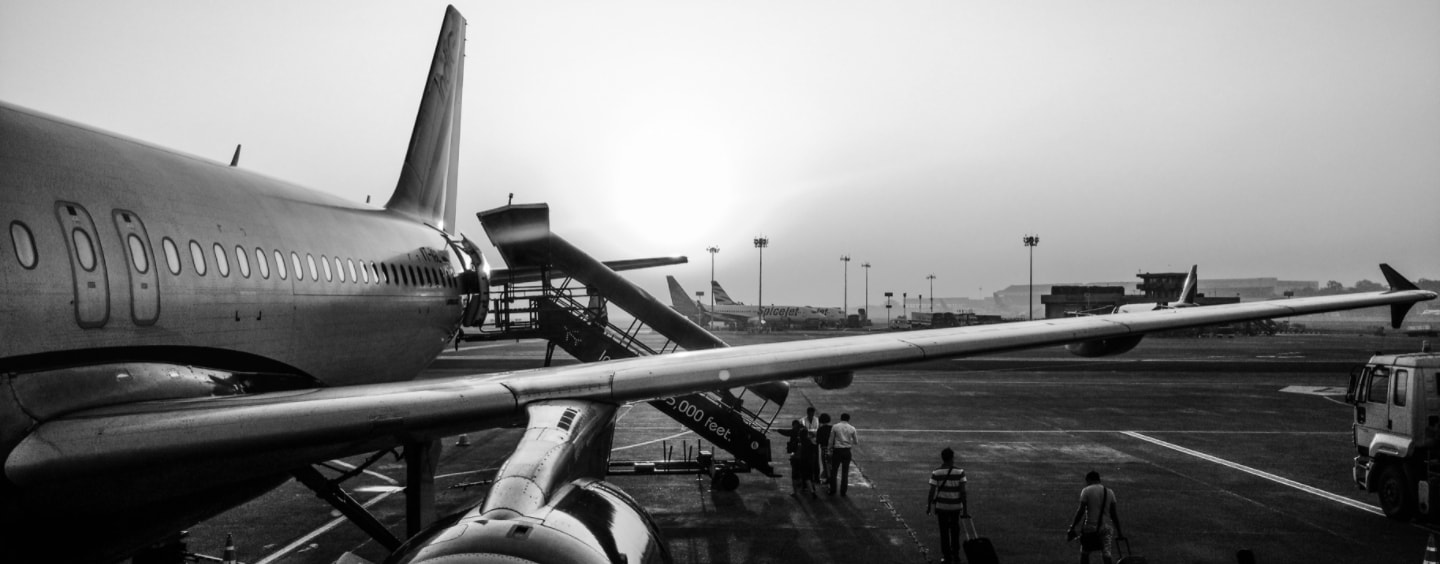
Unsure Where To Start?
Let’s talk about your Earth Trip


Our travel specialists are seasoned explorers with deep local insights. Whether it’s uncovering hidden gems or planning immersive cultural experiences, we design trips that go beyond the ordinary. Get in touch today!
Request A Video Meeting









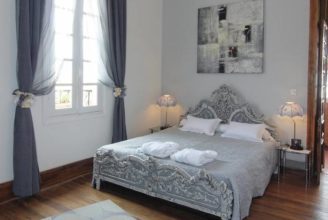
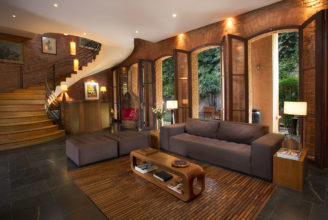
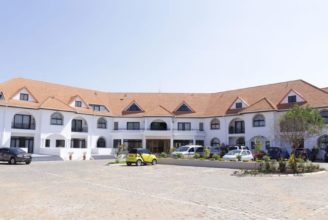
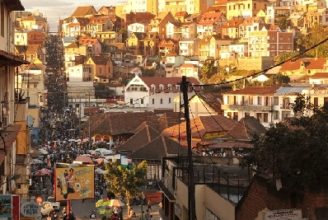
 Ambohimanga
Ambohimanga